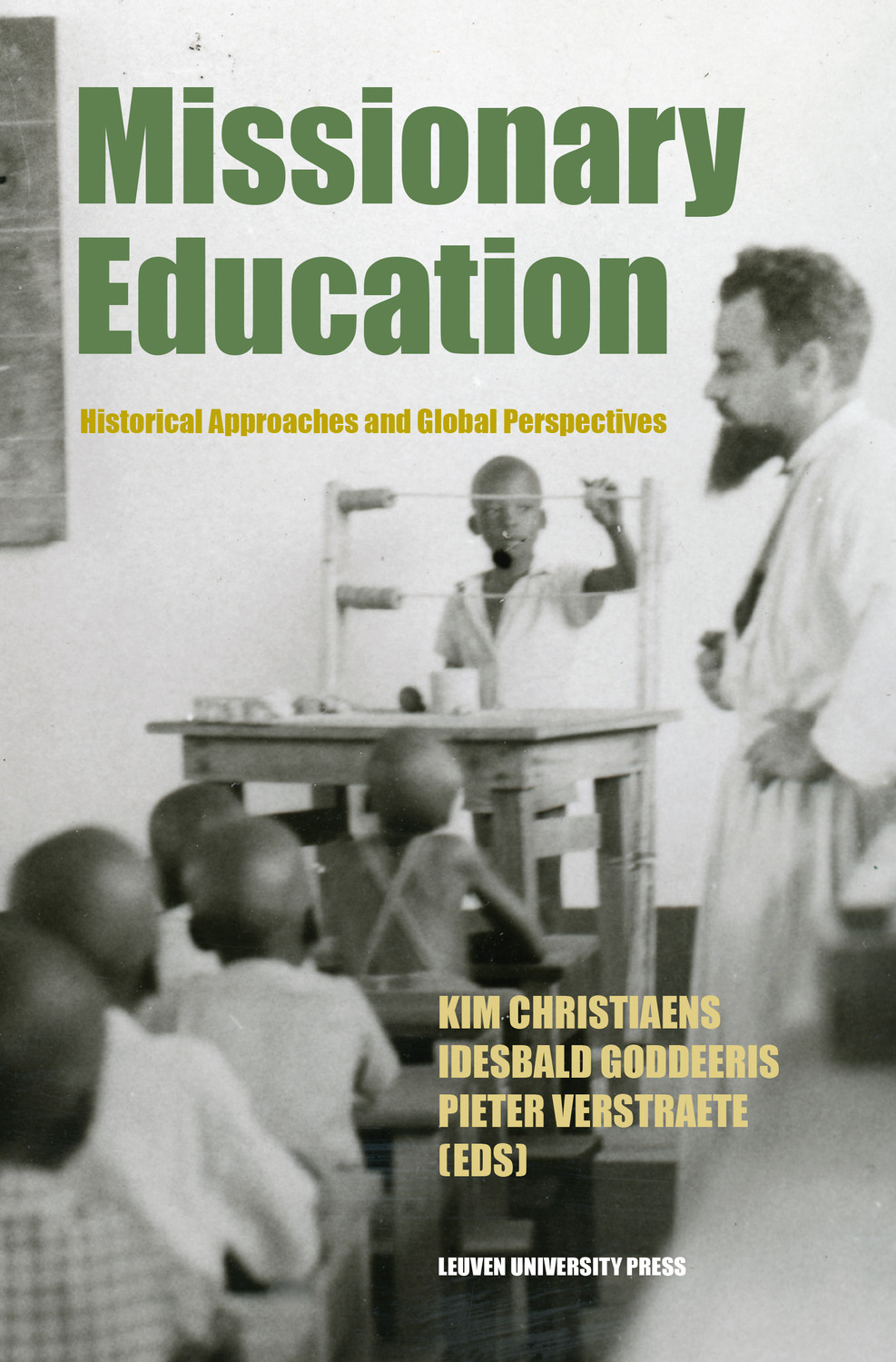Pedro de Ribadeneira and the Use of Sources: Critical History and Hagiography in the Early Society of Jesus, by Robert Scully, S.J.
Pedro de Ribadeneira and the Use of Sources: Critical History and Hagiography in the Early Society of Jesus Robert E. Scully, S.J. Le Moyne College Originally published: April 20, 2021 DOI: 10.51238/ISJS.2019.02 Where can and should one draw the line between fact and fiction, norms and ideals, history and hagiography? The […]

